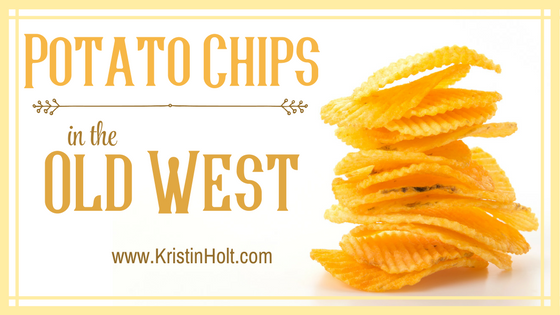
by Kristin Holt | Feb 10, 2018 | Articles
Flour sifters are an important part of baking–today, and in the Victorian Era. Would you be surprised to learn the first flour sifter was patented by an American? See a timeline of Victorian-era advertisements for sifters and flour sieves, flour bins (canisters or extraordinary sizes) with built-in sieves, patents for early sifters and sieve holders, and a perspective of price. The advertising, alone, sheds light on why 19th century cooks were persuaded to purchase and use these devices.

by Kristin Holt | Feb 6, 2018 | Articles
Rotary Egg Beaters are an American Victorian invention–and came along early enough to make a significant difference to home cooks…early enough for homemade Angel’s Food Cake! So why, then, do so many recipes insist upon beating the egg whites by hand–for a full hour? Why not use the newly patented, amazingly successful invention?

by Kristin Holt | May 4, 2017 | Articles
Potato Chips are an American (and world-wide) favorite. Invented by accident–or should we say “accidentally-on-purpose”?–these potato crisps first graced the table of an elite resort in 1853 in upstate New York. News of the “invention” spread far and fast, and quickly became part of every homemaker’s repertoire, available on grocer’s shelves, served in restaurants, peddled by salesmen, and inspired further inventions.

by Kristin Holt | Mar 2, 2017 | Articles
In the 19th century American West, Gingham was more than checked fabric made of cotton–it was also striped. Any woven cotton cloth made of pre-dyed alternating threads (plaid, striped, or checked) was called gingham. Why would pioneers (or frontiersman, or Old West women) select gingham? What made this fabric practical? Why would we name an anthology with Gingham in the title?

by Kristin Holt | Nov 19, 2016 | Articles
Were earrings popular and common within the nineteenth century? Or did they come into vogue (and acceptance) post 1900?
This article references period newspapers, catalogs, and vintage photographs. Also discloses an element of cover art for (Gus’s Story) The Marshal’s Surrender.













